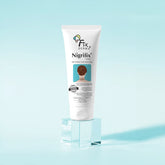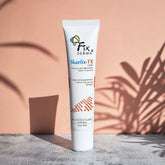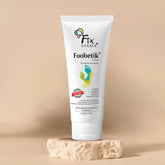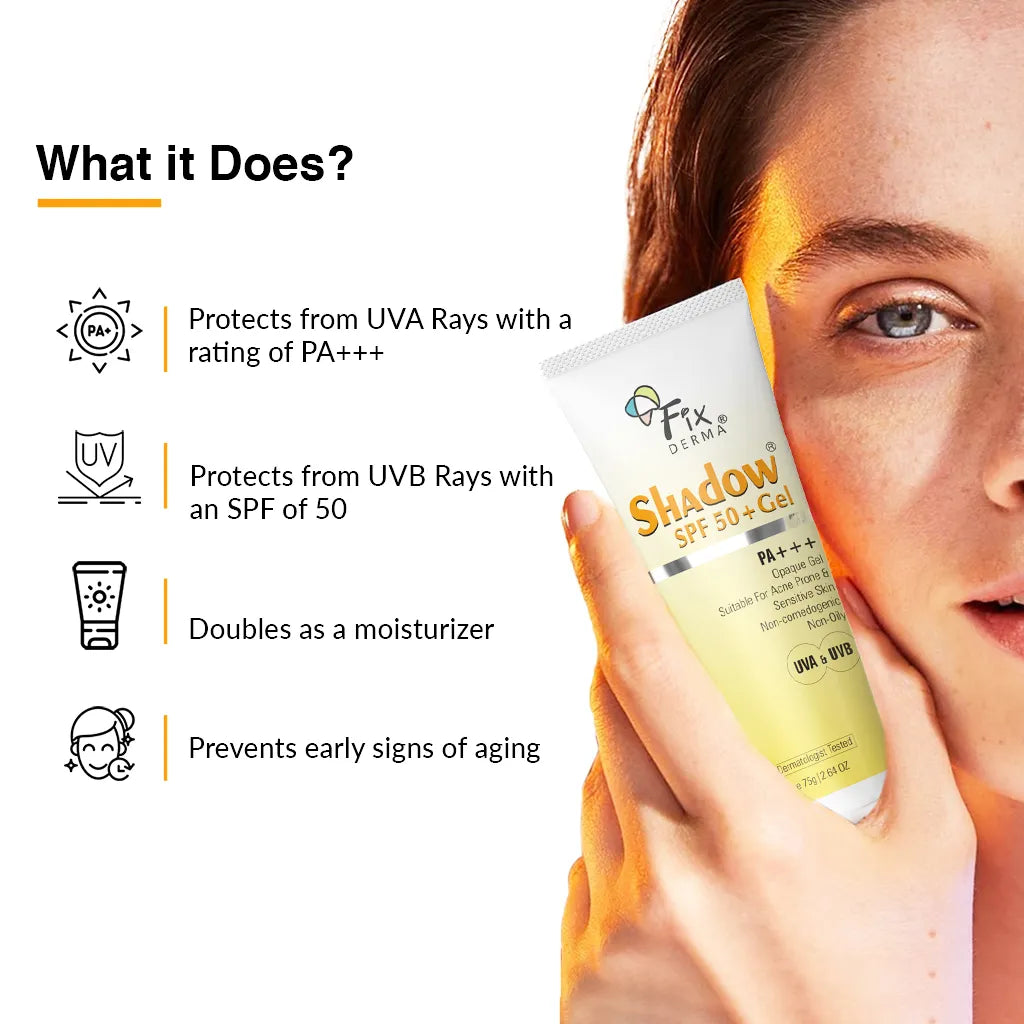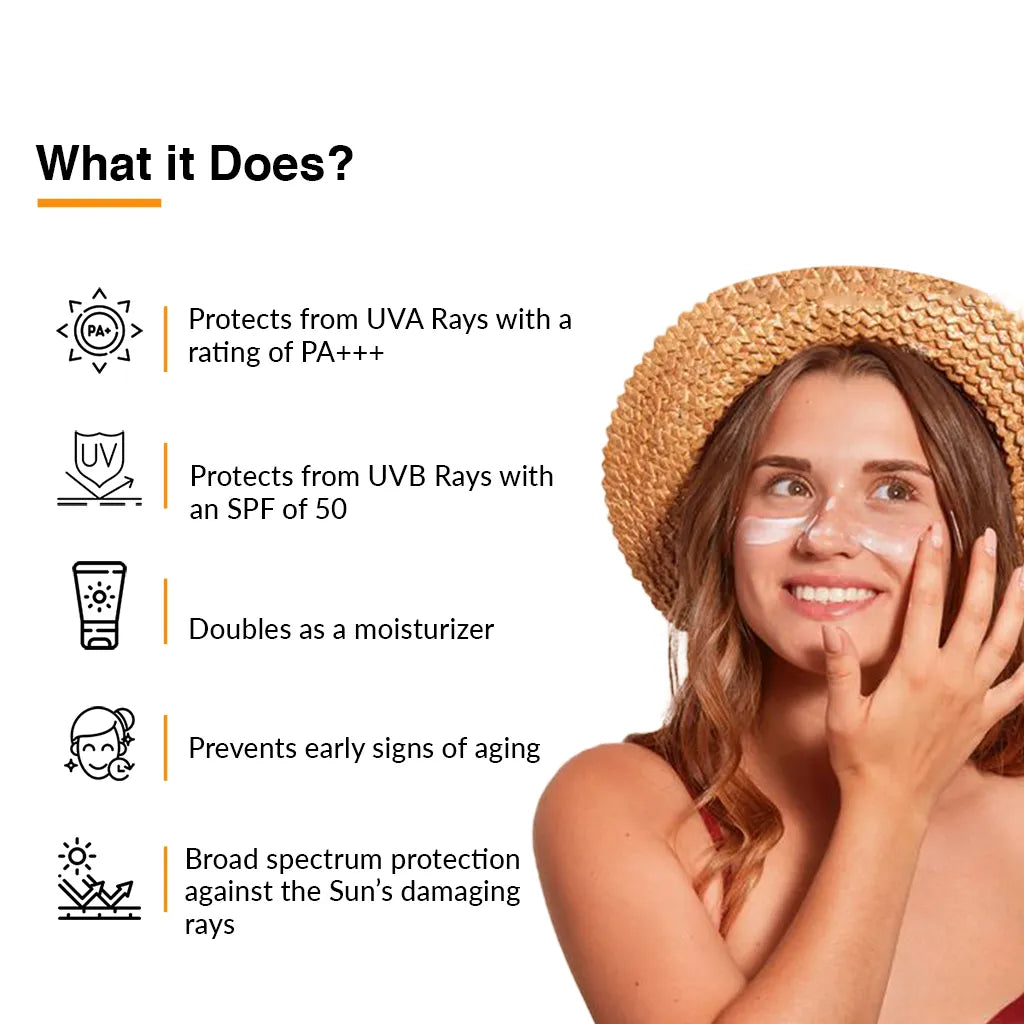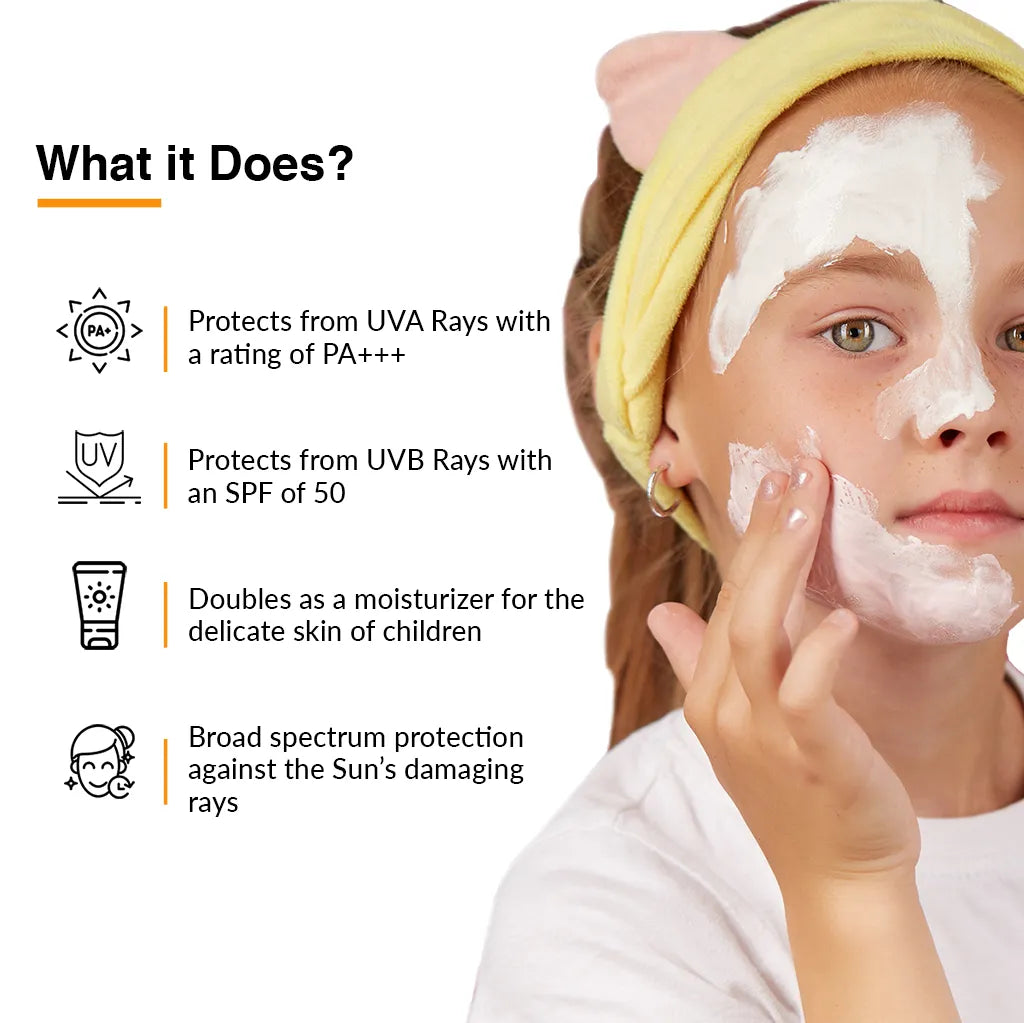What is sun protection factor (SPF)?
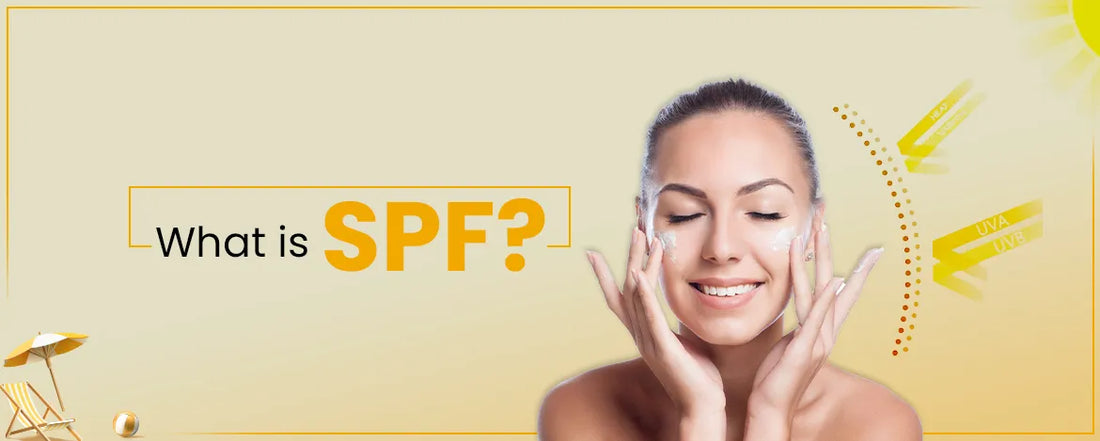
Sunscreen's relative measurement of how long it will shield you from ultraviolet (UV) rays is known as the sun protection factor, or SPF. The epidermis, the outermost layer of the skin, is primarily affected by UVB rays. These rays are the cause of some surface-level skin cancers and sunburns. UVA rays emitted by the sun can also reach the dermis, the skin's lowermost layer. UVA rays are frequently linked to "tanning." However, the darker color of the skin indicates that cells in the dermis have been damaged. While SPF numbers typically only refer to UVB rays, some broad-spectrum sunscreens can also block UVA rays. SPF is represented by a number, such as SPF 30 or SPF 50, which indicates how long the sunscreen will protect the skin from burning compared to not wearing any sunscreen at all.
For instance, if it takes 10 minutes for your skin to burn without sun protection, wearing an SPF 30 sunscreen could provide 30 times that protection, or 300 minutes (5 hours), before your skin starts to burn. However, it is essential to wear a broad-spectrum sunscreen that shields against both UVA and UVB rays on a regular basis, particularly after swimming or sweating.
Which SPF is best?
- SPF 15 are in low-protection sunscreens. It blocks 93% of UVB rays.
- SPF 30 are in medium-protection sunscreens. It blocks 97% of UVB rays
- SPF 50 are in high-protection sunscreens. It blocks 98% of UVB rays
The right SPF depends on the duration of sun exposure. If you stay under the sun for long hours, wear a higher SPF, broad-spectrum sunscreen and if you are sun-exposed only on your way to and from home, you can choose a lower SPF sunscreen.
SPF 30 will block half the radiation that an SPF 15 would let through to your skin. It’s complicated, but to keep it simple, most dermatologists recommend using an SPF 30 or higher.
Why Sunscreen is important?
Sunscreen is important because it helps protect the skin from the harmful effects of the sun's ultraviolet (UV) rays. UV rays can damage the skin and cause a variety of problems, including:
- Sunburn: UVB rays can cause redness, pain, and blistering on the skin.
- Premature aging: UVA rays can penetrate deep into the skin and cause wrinkles, fine lines, and age spots.
- Skin cancer: Exposure to UV radiation is a major risk factor for developing skin cancer, including melanoma, the deadliest form of skin cancer.
Whether you have oily skin or dry r combination skin, by applying sunscreen regularly, you can help prevent these problems and keep your skin looking healthy and youthful. Sunscreen works by absorbing, reflecting, or scattering the sun's rays before they penetrate the skin. It is recommended to use a broad-spectrum sunscreen that offers protection against both UVA and UVB radiation, with a sun protection factor (SPF) of at least 30.
Sunscreen For Oily Skin
Fixderma Shadow SPF 30+ Gel is the best sunscreen for oily skin and acne-prone skin. It has a non-oily, non-greasy formulation that best suits this skin type. This lightweight gel spreads perfectly on the skin and offers protection against both UVA & UVB rays.
- Broad spectrum protection
- Non-comedogenic
- Leaves no white cast
- Hypoallergenic
- Suits all skin types
Sunscreen For Dry Skin
Shadow SPF 50+ Cream is a lightweight cream-based sunscreen for dry skin type. It provides excellent UV rays coverage for a longer duration of time.
- Broad spectrum UV protection
- Leaves no white cast
- Non-greasy
- Photostable formulation
- Suits dry, sensitive, combination and normal skin
Sunscreen For Combination Skin
Fixderma Shadow SPF 50+ Gel is a lightweight sunscreen suitable for all skin types. The opaque gel offers broad-spectrum protection and can be worn in all weather. Having SPF 50, it provides excellent protection for a longer period of time.
- Non-comedogenic
- Long-lasting Effect
- Oil-free & Non-greasy formulation
- Antioxidant
- Photostable formulation
Sunscreen For Kids
Fixderma Shadow Kids SPF 30+ lotion is a sunscreen formulated especially for the delicate skin of children. It has most safe sun protectors and does not cause any harm to the tender skin of children.
How do I protect myself from the harmful effects of the sun?
Here are some ways to protect yourself from the harmful effects of the sun:
- Apply sunscreen: Apply a broad-spectrum sunscreen with an SPF of at least 30 to all exposed skin before going outside. Reapply every two hours or more often if you are swimming or sweating.
- Seek shade: Seek shade whenever possible, especially during peak sun hours (10 am to 4 pm).
- Wear protective clothing: Wear protective clothing, such as long-sleeved shirts, pants, and wide-brimmed hats, to cover as much skin as possible.
- Use sunglasses: Wear sunglasses that provide 100% UV protection to protect your eyes and the delicate skin around them.
- Avoid tanning beds: Tanning beds expose you to harmful UV rays, which can increase your risk of skin cancer and premature aging.
- Be mindful of medications: Some medications, such as certain antibiotics and acne medications, can make your skin more sensitive to the sun. Check with your doctor or pharmacist to see if any medications you take may increase your sun damage risk.
By taking these steps, you can help protect yourself from the harmful effects of the sun and reduce your risk of sunburn, premature aging, and skin cancer.
Tips For Using Sunscreen
Here are some tips for using sunscreen:
- Choose the right sunscreen: Look for a broad-spectrum sunscreen that protects against both UVA and UVB rays. Select a sunscreen with a minimum of SPF 30.
- Apply enough sunscreen: Apply sunscreen liberally and evenly to all exposed skin. You should use about a shot glass worth of sunscreen for your entire body. Don't forget to apply sunscreen to your ears, neck, and the top of your feet.
- Reapply often: Reapply sunscreen every two hours, or more often if you're swimming, sweating, or toweling off.
- Apply before going outside: Apply sunscreen 30 minutes before going outside. This gives the sunscreen time to absorb into your skin and provides better protection.
- Cover up: Sunscreen is not a substitute for protective clothing, such as long-sleeved shirts, hats, and sunglasses. Wear these items in addition to sunscreen for the best protection.
- Check the expiration date: Sunscreen can lose its effectiveness over time. Check the expiration date before using sunscreen and replace any that has expired.
- Be mindful of ingredients: Be mindful of any allergies or sensitivities to certain ingredients in sunscreen. If you have sensitive skin, look for sunscreens that are specifically designed for sensitive skin.
How to apply a sunscreen?
- Cleanse your face: For maximum protection, sunscreen should be applied directly to the skin. Wash your face with your preferred facial cleanser to get rid of any oil, dirt or makeup that might make it hard for the sunscreen to stick.
- Apply a thick layer of sunscreen: A nickel-sized dollop will suffice for your face, on average.
- Do not forget your neck and upper chest: With face, our neck and some part of the chest is also exposed to the sun always. Do not forget to cover it as well.
- Sunscreen underneath makeup: Makeup can’t protect your skin. You should always apply Fixderma Sunscreen underneath your moisturizer, foundation, blush, and other makeup on a regular basis.
Read more - Best way to treat dark neck, elbows, and underarms?
